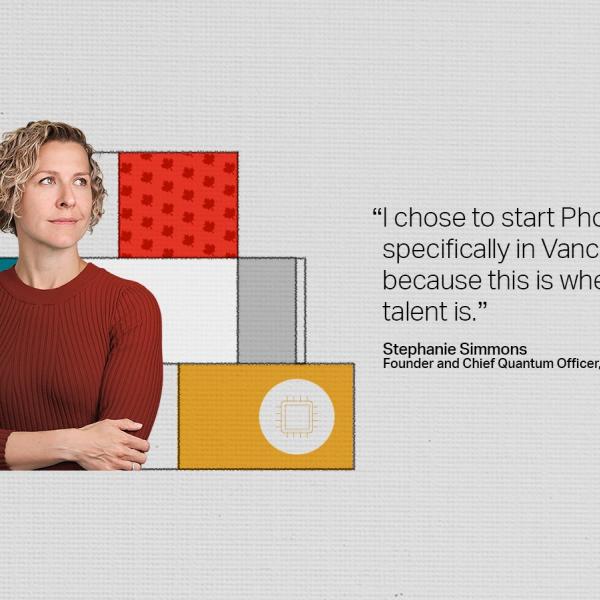Around the world, the race is on to create a quantum computer that can blast past the limits of conventional computing.
The idea is when you engineer things on a small enough scale, the laws of quantum physics take over from the laws of classical physics. Here, electrons can exist in two places at once. By taking advantage of that fact, you can create quantum bits or “qubits” that exist in many states at once — unlike conventional computer bits which are limited to either zero or one.
But at Simon Fraser University, Stephanie Simmons and Michael Thewalt are taking a distinctly different approach to make those qubits than other researchers.
For starters, they’re using silicon — the same material used in conventional chips — and custom-engineering it to create a series of qubits. Then they’ll link those qubits together using light, collaborating with photonics experts, Drs. Lukas Chrostowski and Jeff Young, at the University of British Columbia to embed fibre optics in the chips.
The result promises to be exponentially more powerful than any computer today: able to model hugely complex drug interactions, solve intractable optimization problems, revolutionize cryptography and more.
Simmons has good reason to believe they’ll succeed. “I’m really confident in the physics,” she says. “We have a first mover advantage ... and not only that, we have all the right skills in one city.”
While the potential applications of quantum computing are huge, what excites Simmons the most is the bigger picture. “It’s mainly the opportunity to unlock a whole new branch of science and bring it to the commercial mainstream,” she says.





